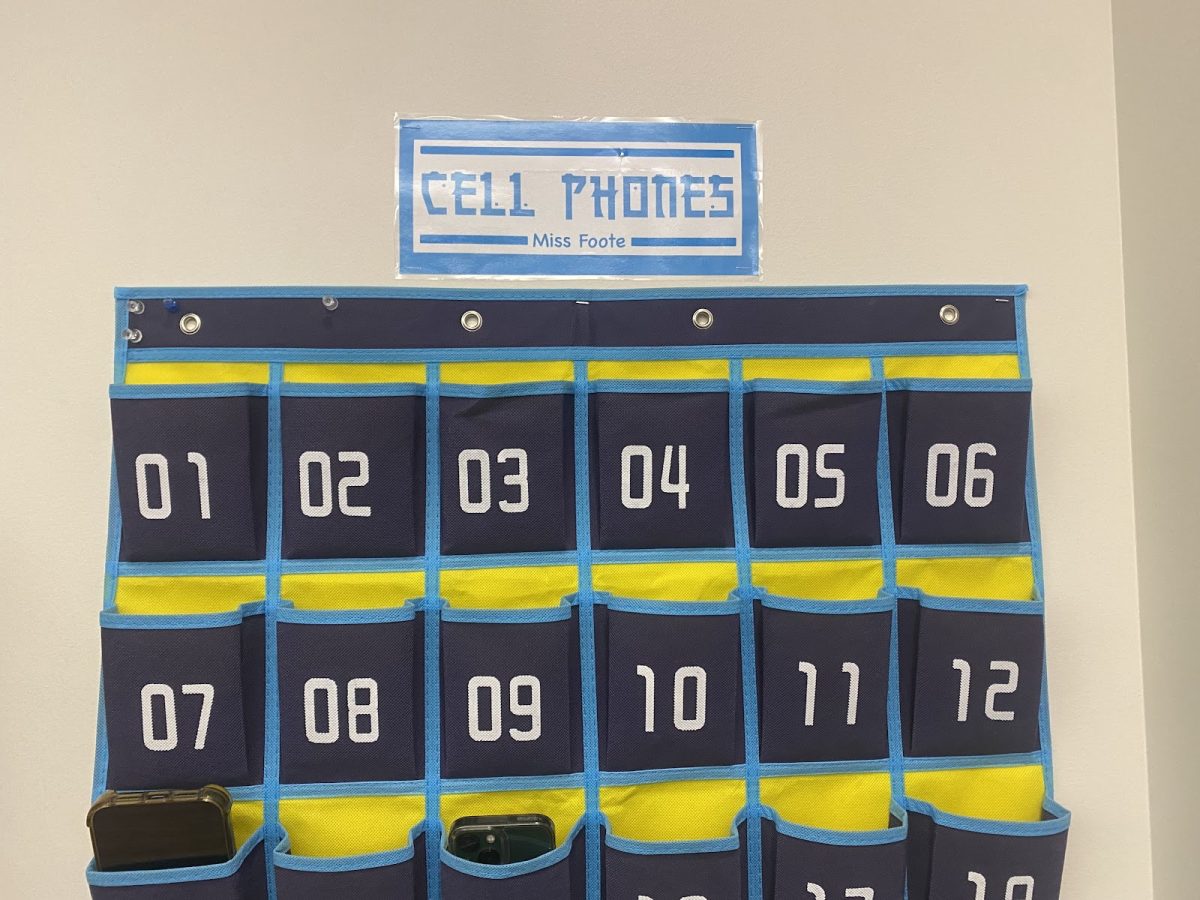HERRIMAN-Back to school shopping is a fundamental part of starting the year off right. But, this long held tradition of getting a new pair of clothes before the school year has been forced to adapt in the last few years. Many retail stores have closed, shopping is more online than ever, and young people are more conscious of fast fashion apparel that’s flooding the market and hurting the planet. A small group of Herriman students filled out a survey about their shopping habits. One way things are changing from years past is the amount of clothing they bought. One out of ten students got no new clothing this year, and 70% of students got less than four outfits. While sustainable clothing is important, the most earth-conscious choice is making do with what you have.
Sometimes buying new is important, clothes rip and fall out of fashion all the time. But, students are finding that clothes that are new to them from a thrift store can be on par with brand-new clothes. In an interview with a Generation X community member he explained “I only ever went into a thrift store when I was in college, I needed a new tie and a white button-up and money was really tight, (…)I did my best to avoid shopping there”. The narrative of thrift stores only being for college students and low income families is changing. Herriman students polled said that they were comfortable shopping at thrift stores, and 84% said they were comfortable with both thrift stores and hand-me-down clothing. This may be due to inflation, which is causing people to make more frugal financial decisions. But the other cause is simply that the incoming generation is more environmentally conscious than ever before. When asked about their opinions on shopping fast fashion this school year many of them spoke out, especially against Shein, an online retailer known for extremely low cost and quality. Two students outright rejected the website saying “I don’t like them because of the ways they operate” and “They are exploitative of their workers, their products are poorly constructed, and their business model is environmentally unsustainable”.
These criticisms are growing in their validity, and Shein is on the defense recently, bringing influencers to tour their factory, and being more open on what happens behind the curtain. But teens across the country aren’t buying into the narrative they are trying to spin, and are continuing to glorify an eco-conscious fashion diet, of second hand clothing, upcycled versions of clothes they already have, and new clothes that are made to last. One Herriman student even said “A few things here or there is fine but haul’s from those stores cause a lot of damage”. This statement suggests that if you use mass market fast fashion to fill in wardrobe gaps, it is appropriate in some scenarios. Another scenario Herriman students suggested as a valid use for fast fashion is if the fashion industry thinks of you last when creating in-style clothing. “I would say it’s okay (to shop at shein) if your plus size because there are such limited options for trending clothes for plus size people and Shein does have that available”.
While in-style clothing is a luxury, it is also a necessity, the clothing you wear is a large part of first impressions, which are of vital importance when networking and going to job interviews. Fast Fashion hurts the environment, but fashion diets from Generation Z that put thrift stores and the clothes you already have first are a big step forward.












